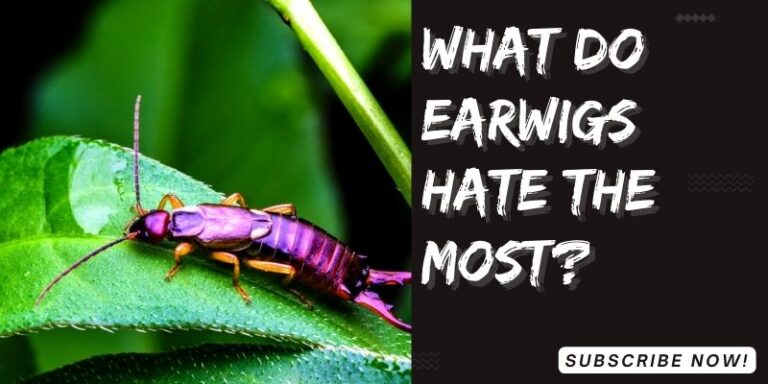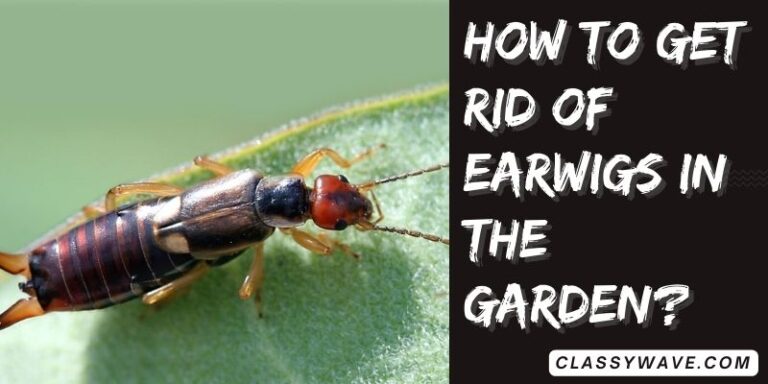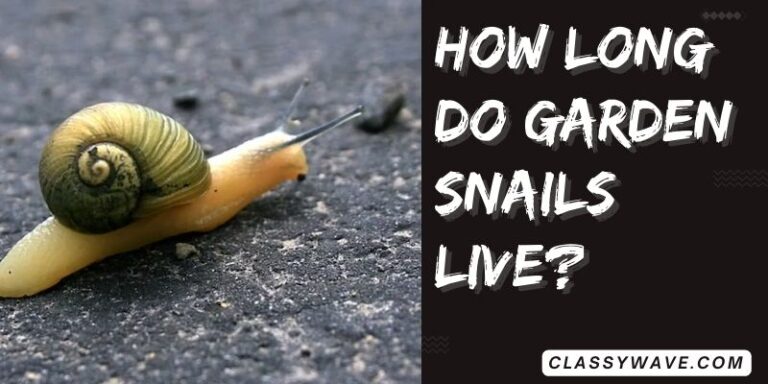are yellow garden spiders poisonous? Potential Risks
Delve into the captivating world of yellow garden spiders with a comprehensive exploration of 15 key aspects. From their intricate lifecycle stages and web-weaving techniques to notable behavioral traits, seasonal patterns, and the environmental factors shaping their populations, this collection provides a nuanced understanding of these arachnids and their crucial ecological roles.
Yellow Garden Spider Identification
Yellow garden spiders, scientifically known as Argiope aurantia, are easily recognizable by their vibrant yellow and black markings. These large orb-weaving spiders weave intricate webs in gardens. With distinctive zigzag patterns called stabilimenta, these spiders create visually striking features. Understanding their physical characteristics is crucial for accurate identification and appreciation of their role in ecosystems.
Understanding the Venom of Yellow Garden Spiders
Delving into the venom of yellow garden spiders involves exploring the components that aid in subduing their prey. While these spiders are venomous, their venom is generally not harmful to humans. Examining the composition and effects of their venom contributes to a broader understanding of the spider’s role in the ecosystem and its interactions with various insects.
Potential Risks
Assessing the potential risks of encounters with yellow garden spiders is essential for dispelling misconceptions. Despite their intimidating appearance, these spiders are generally not harmful to humans. Examining their behavior and the limited risks associated with their bites provides valuable insights for individuals sharing spaces with these arachnids.
Comparing the Venom of Yellow Garden Spiders to Other Species
A comparative analysis of yellow garden spider venom against that of other spider species elucidates the diversity in venom composition and effects. Understanding how these spiders’ venom differs from or resembles that of other arachnids contributes to broader insights into the world of spiders and their varied adaptations for prey capture.
Precautions and Safety Measures Around Yellow Garden Spiders
Implementing precautions and safety measures when dealing with yellow garden spiders is crucial for fostering coexistence. Educating individuals on best practices for avoiding unnecessary conflicts and bites promotes a harmonious balance between humans and these beneficial arachnids in garden environments.
Interactions Between Yellow Garden Spiders and Their Prey
Exploring the intricate interactions between yellow garden spiders and their prey unveils the fascinating dynamics of the predator-prey relationship. The role of the spider in controlling insect populations and contributing to garden ecosystems becomes evident through a closer examination of their hunting strategies and successful prey capture.
Natural Habitats of Yellow Garden Spiders
Understanding the natural habitats of yellow garden spiders is essential for anticipating their presence in specific environments. These spiders often thrive in gardens, meadows, and other green spaces. Examining their preferred habitats provides valuable insights into creating environments conducive to their well-being and offers a glimpse into their ecological significance.
The Role of Yellow Garden Spiders in Garden Ecosystems
Yellow garden spiders play a crucial role in garden ecosystems by acting as natural pest controllers. Their adept web-weaving skills and effective prey capture contribute to maintaining a balanced insect population. Examining the positive impact these spiders have on gardens underscores the importance of conservation efforts to preserve their role in ecological systems.
Common Misconceptions About Yellow Garden Spiders and Their Venom
Dispelling common misconceptions surrounding yellow garden spiders and their venom is vital for fostering a more accurate understanding of these arachnids. Addressing fears and myths associated with these spiders contributes to promoting a coexistence mindset, emphasizing their overall harmlessness to humans and the benefits they bring to the ecosystem.
Tips for Coexisting with Yellow Garden Spiders in Your Garden
Offering practical tips for coexisting with yellow garden spiders encourages a harmonious balance between human activities and the natural world. From simple precautions to appreciating the benefits these spiders bring to gardens, these tips empower individuals to share spaces with these arachnids without unnecessary fear, fostering a more sustainable and ecologically aware approach to gardening.
Lifecycle of Yellow Garden Spiders
The lifecycle of yellow garden spiders is a fascinating journey encompassing various stages, from egg to adult. Understanding the intricacies of their development provides insights into the factors influencing their growth and survival. From hatching as tiny spiderlings to the maturation process, each stage contributes to the species’ overall adaptability and resilience. Examining the lifecycle sheds light on the challenges these spiders face, such as predation and environmental factors, highlighting the remarkable strategies they employ for successful reproduction and continuation of their species.
Web Weaving Techniques
The web weaving techniques of yellow garden spiders showcase the intricate artistry of these skilled arachnids. From the structural design to the silk-spinning process, these spiders employ a unique combination of instinct and learned behavior. Exploring the nuances of their web construction reveals not only their hunting prowess but also the adaptability of their techniques to different environmental conditions. Appreciating the intricacies of their web architecture provides a deeper understanding of the spider’s role as a masterful engineer within the ecosystems they inhabit.
Notable Behavioral Traits
Observing the notable behavioral traits of yellow garden spiders unveils a wealth of insights into their daily actions and interactions. From the strategic placement of their webs to the deliberate movements when capturing prey, these behaviors reflect the spider’s adaptive intelligence. Examining their response to environmental stimuli, mating rituals, and territorial tendencies offers a comprehensive view of their role in maintaining ecological balance. Understanding these behavioral traits contributes to a more holistic appreciation of the spider’s contribution to its ecosystem.
Seasonal Patterns
Exploring the seasonal patterns of yellow garden spiders reveals key insights into their activity levels and behavior throughout the year. From increased web construction during warmer months to potential periods of dormancy in colder seasons, these spiders exhibit dynamic responses to environmental cues. Understanding when and where they are most active provides valuable information for researchers, gardeners, and enthusiasts alike, enabling a more informed approach to observing and coexisting with these fascinating arachnids.
Environmental Factors Affecting Yellow Garden Spider Populations
Examining the environmental factors influencing yellow garden spider populations sheds light on the delicate balance between these arachnids and their surroundings. Variables such as temperature, humidity, and habitat changes play pivotal roles in determining their distribution and abundance. Investigating the impact of human activities, climate change, and ecological shifts on these spiders provides critical insights for conservation efforts. Recognizing the vulnerabilities stemming from environmental factors is essential for implementing strategies that support the long-term sustainability of yellow garden spider populations.
Conclusion
In conclusion, the diverse facets explored, ranging from the fascinating lifecycle to behavioral intricacies and environmental dynamics, offer a holistic perspective on yellow garden spiders. Appreciating their role in ecosystems and dispelling myths fosters coexistence. These insights not only enrich our understanding of these arachnids but also underscore the importance of conservation efforts to sustain the delicate balance of nature. Embracing curiosity and knowledge ensures a harmonious relationship between humans and the captivating world of yellow garden spiders.
FAQs
1. Question: “Are yellow garden spiders dangerous to humans?”
Answer: No, yellow garden spiders are generally not dangerous to humans. Their venom is mild, causing minimal harm.
2. Question: “What do yellow garden spiders eat?”
Answer: Yellow garden spiders primarily prey on insects like flies, bees, and butterflies caught in their webs.
3. Question: “How long do yellow garden spiders live?”
Answer: Yellow garden spiders typically live for one to two years, completing their lifecycle from egg to adult.
4. Question: “Can I keep a yellow garden spider as a pet?”
Answer: While possible, keeping wild spiders as pets requires specialized knowledge. It’s recommended to appreciate them in their natural habitat.
5. Question: “What are the predators of yellow garden spiders?”
Answer: Birds, wasps, and larger spiders are common predators of yellow garden spiders, posing natural threats in ecosystems.







